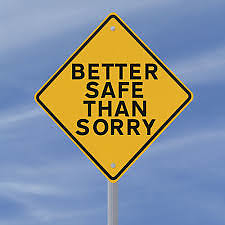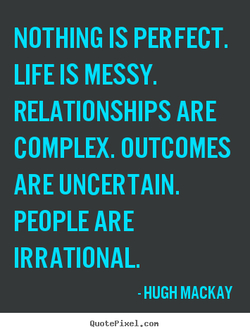
The strategy of Constructive Technology Assessment (CTA) aims to reduce the (human) cost of trial and error, by anticipating future developments and their impacts. When new knowledge is available, it integrated directly in the production process. In life, this is especially useful when choosing a study or profession. If you anticipate future developments in certain work fields, you might be able to steer clear of unemployment. Instead, choosing to specialise yourself in a new emerging industry might provide you with a stable income, providing you with more options of developing yourself. Choosing to specialise yourself in this manner means subjecting yourself to uncertainty. New developments have a very clear probability space, but the impact they have, or the probability new technology will emerge is unknown.
We can also apply the ‘Precautionary Principle’ to the working situation. If you’re working at a firm and you’re observing trends that have the potential to threaten your position,

Risk evaluation isn’t just for the work environment, but can also be used in dating. When in doubt about asking out a handsome guy or pretty girl, usually you construct the ‘worst case scenario’. You might be rejected, which hurts your feelings of pride and/or love, but in the case the other person says yes, the ‘best case scenario’, your self-esteem and love is boosted. Using a scenario-matrix, based on two values, you can make a more informed decision about taking risks by determining if the worst-case scenario is acceptable, and if not, what its probability will be.
So far so good then, but we have forgotten about this important detail:

People are like technology, both are always being changed and developed intrinsically. In this column, I have illustrated it could be useful to include principles in developing technology in our decision making. Risks and uncertainties have always been present, and always will be, and by making informed decisions, we can protect ourselves from harm. But protecting ourselves completely takes away opportunities for us to grow as people. Ironically, not knowing what’s coming next could provide us with the most information.
